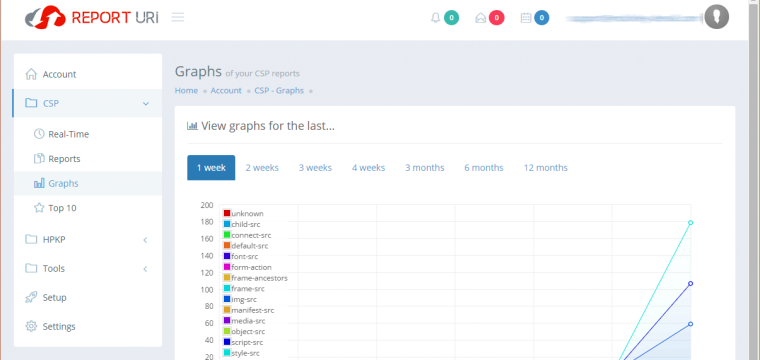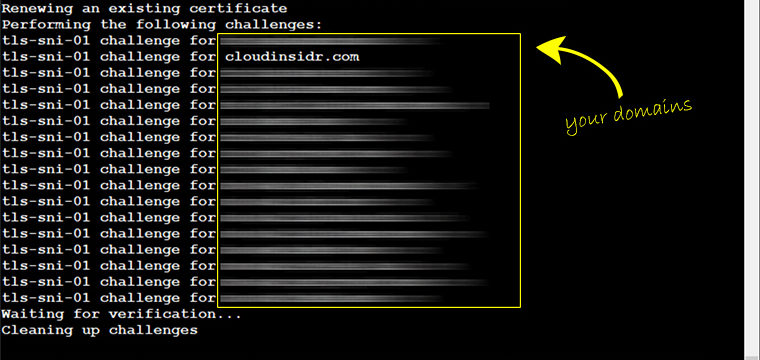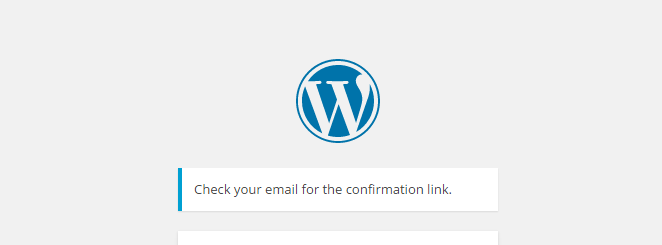A recently discovered security vulnerability in OpenSSL allows a long-deprecated protocol, SSL v2 (Secure Sockets Layer) to be misused in attacks at modern websites. The new attack has been, perhaps fittingly, dubbed DROWN, an acronym for Decrypting RSA with Obsolete and Weakened eNcryption. Cyber security analysts believe it might shut down–or shall we say drown, more than one third of all HTTPS servers. Is yours one of them?




